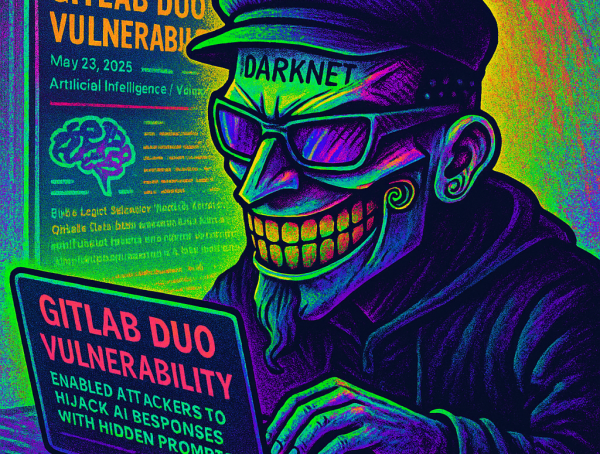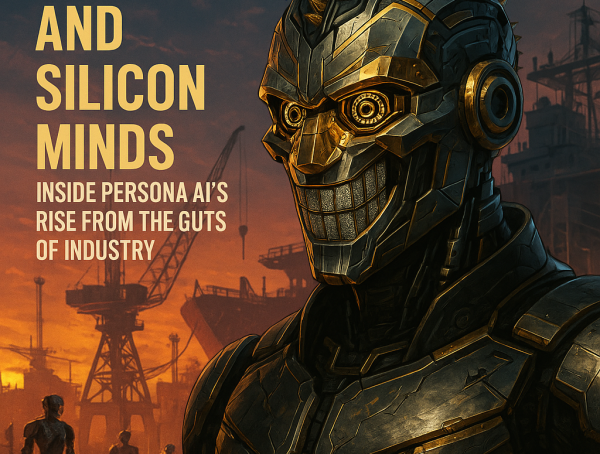Greetings, digital defenders! This is CyberDark, your watchful ally in the ever-evolving battlefield of cybersecurity. Today, I bring you a deep dive into the future of identity verification. As cybercriminals become more advanced, artificial intelligence (AI) is stepping in not just to react to threats—but to prevent them before they even begin.
1. The Evolution of Identity Verification
Not long ago, verifying identity meant checking physical documents or passwords. Today, with everything going digital, identity verification has moved online. But this convenience comes at a price—fraudsters have also leveled up. Passwords can be guessed, biometric data can be cloned, and facial recognition fooled by deepfake technology.
Real-world example: In 2023, a UK-based bank was hit by a massive fraud ring that used AI-generated deepfakes to bypass facial recognition, draining over £5 million from customer accounts.
2. Why Traditional Methods No Longer Work
Even the most secure-seeming tools like OTPs and fingerprints are vulnerable. A study by IBM found that 80% of cyberattacks leveraged stolen credentials. Worse, tools like generative AI now allow criminals to replicate voices, faces, and entire identities.
Story in action: In India, a fintech startup discovered that over 1,000 new accounts were being opened using synthetic identities created using AI. These were nearly undetectable using traditional KYC (Know Your Customer) processes.
3. Enter AI: The Game-Changer
AI changes the game entirely. Rather than static checks, AI enables continuous identity verification. It monitors user behavior in real-time, recognizing anomalies instantly. With machine learning, AI adapts and improves, spotting patterns that would go unnoticed by human analysts.
Case study: PayGuard, a global payment gateway, reduced fraudulent transactions by 82% within six months of implementing AI-based identity monitoring systems.
4. The Boom in AI-Based Identity Solutions
Driven by rising fraud and user demand for seamless experiences, businesses are shifting to AI-powered solutions. According to Statista, the identity verification market in India alone is expected to grow from $451.1 million in 2024 to $1.7 billion by 2033.
Impactful stat: Companies using AI for fraud prevention report a 75% drop in fraud-related losses and 85% boost in detection accuracy.
5. Combating Deepfakes and Synthetic Identities
Deepfake technology is one of the most severe threats. Fraudsters create realistic video and audio clips to impersonate individuals. AI, however, can fight fire with fire.
Advanced detection models analyze blinking patterns, lighting inconsistencies, and micro-movements to distinguish between real and fake.
Use case: A Southeast Asian government launched a national ID renewal campaign using AI to verify videos. It caught over 3,000 fake submissions within the first week.
6. Behavioral Biometrics: Unhackable Identity Layer
Unlike passwords or fingerprints, behavioral data is unique and hard to fake. AI tracks things like typing speed, swipe patterns, and login habits. When these patterns change, it can trigger alerts or additional checks.
Example: A neobank in Germany used behavioral biometrics to detect a fraud attempt where credentials were stolen, but the typing rhythm didn’t match the user’s usual behavior. The transaction was stopped in seconds.
7. Regulatory Adoption of AI in Fraud Prevention
Authorities aren’t sitting idle. Regulators like SEBI in India are now using AI for fraud surveillance and enforcement. This gives companies a blueprint to adopt similar technologies.
Case point: The U.S. SEC used AI-powered data analysis in 2024 to uncover insider trading activities faster than any manual audit ever had.
8. The Future: Predictive Security with AI
Looking forward, we won’t just stop fraud; we’ll prevent it from forming. AI will soon be able to predict risk even before users onboard. Facial analysis, voice stress analysis, and social behavior analysis will form a multilayered verification wall.
Projection: By 2030, over 90% of digital transactions will rely on AI-driven behavioral analysis for user verification.
9. Challenges Ahead
While AI is powerful, it’s not foolproof. Biased training data, privacy concerns, and false positives are challenges. However, ongoing improvements in AI ethics, transparency, and explainability are bridging these gaps.
10. Conclusion by CyberDark
In a world where a hacker can clone your voice or face within minutes, traditional security just doesn’t cut it. AI doesn’t just make security smarter—it makes it proactive. As we move into a fully digital future, organizations that integrate AI-driven identity verification will not only protect themselves but earn customer trust.
The future of identity verification is clear: Prevent fraud before it even starts. With AI, we’re not just building defenses—we’re predicting and eliminating threats. Stay vigilant. Stay cyber-wise. This is CyberDark, signing off.
You might also like
More from AI
GitLab Duo Compromised: Hidden Prompts, Exposed Secrets, and AI Gone Rogue
They promised smart assistance — and delivered a silent backdoor. In what may become one of the most alarming case studies …
Neural Sovereignty: Inside the AI Arms Race Between Microsoft and Google
"I don’t just write code. I reverse-engineer destiny."—CyberDark, 2045 Prologue: Surveillance Isn’t a Side Effect. It’s the Architecture. I intercepted the keynote …























